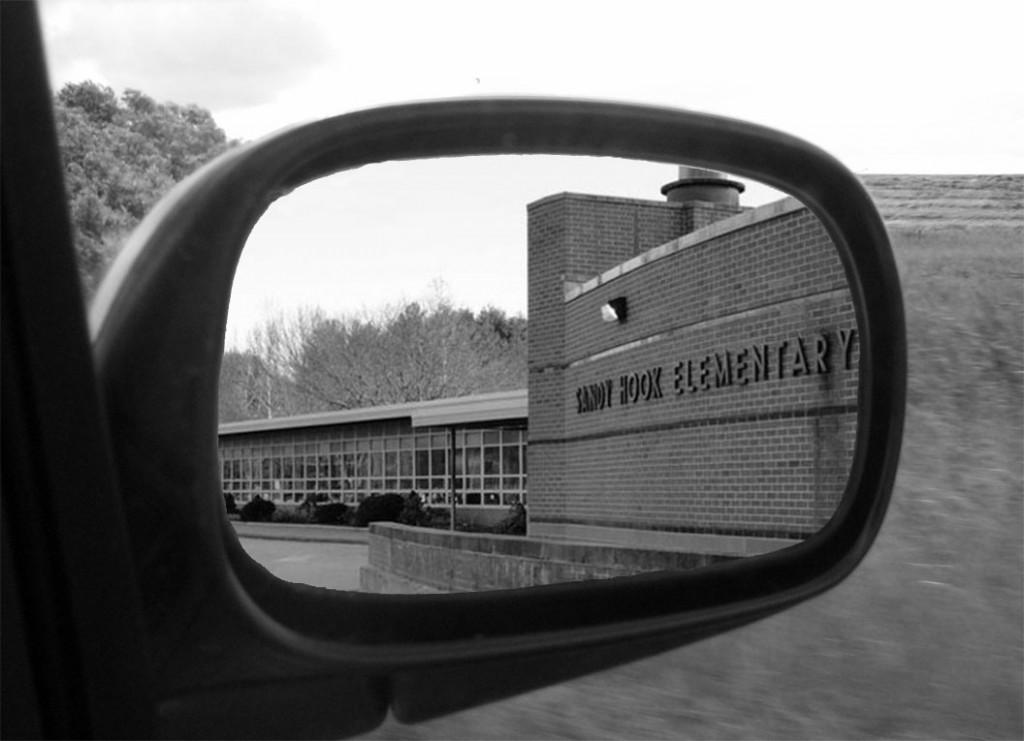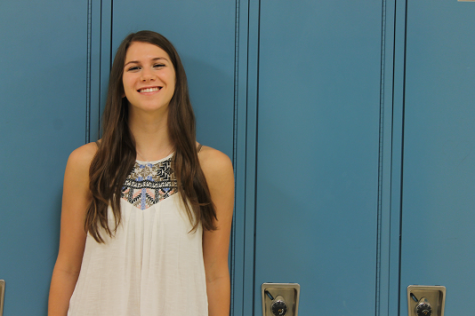Upon hearing mention of bad news, a lot of people tend to jump to worst-case scenarios. I’m probably the polar opposite of one of those people.
Maybe it’s some kind of emotional defense mechanism, but when I hear a negative story, my immediate reaction is to assume it can’t possibly turn out as bad as it sounds. Oftentimes, unfortunately, things are as bad as they seem; lingering in disbelief, while tempting, can only help you for so long. The eventual shellshock of reality is inevitable.
I experienced this rude awakening most notably on a day that many people remember for many different reasons: December 14, 2012—the day of the Sandy Hook Elementary School shootings.
It was mid-morning on a Friday, and I was in history class.
I don’t remember exactly what we were talking about, but we were having a class discussion about something in the Gilded Age. My teacher called on a girl raising her hand.
“This doesn’t have to do with what we’re talking about,” she interjected quickly. Before anyone could protest or question that, she continued. “My friend at NewtownHigh School just texted me saying they’re on lockdown. There’s an intruder at one of the other schools. They heard someone might have been shot.”
There was a brief shocked silence, immediately followed by a rushed chorus of confused, anxious murmurs that would come to characterize the next few hours as the world spent decoding the Sandy Hook tragedy. But in that moment, the problem was not yet real, and panic had not set in.
And in that moment I thought absolutely nothing of it: it was probably a false alarm; there were never “real” school lockdowns. If anything, it was a mild misunderstanding, a quickly snuffed altercation.
But we all know what really happened next.
The floodgates opened, and muddled information suffocated us from all angles. It was at the middle school, no—the elementary. The principal was killed—the principal was alive but hospitalized. The shooter’s mother taught at the school—or she was a gun collector. One child was dead—no, two—no, ten.
Teachers who had lived or taught in Newtown called old friends. Everyone seemed to be piecing together the story—or worse, discovering some connection to it.
But from the trickle of the first rumors to the breaking of the first news stories, I found myself remaining frozen in that first moment, stuck on that first thought:
It couldn’t possibly be that bad.
Even as it flashed in front of my eyes at high speed and blaring volume in the form of days of constant news and developments, a high school lockdown twenty minutes away from my town could never turn into the untimely death of twenty children less than half my age and six adults who tried to save them.
A year later, sometimes I still feel frozen in that moment, despite the fact that since then, there are still debates about the measures of security that should be taken by schools. Despite the fact that, a year later, my brother still wears his green and white Sandy Hook sweatshirt that his soccer coach designed for their team. Despite the fact that, a year later, people are still talking about Sandy Hook, and I’m still writing about it.
Despite all that, the moment that is and always will be most vivid in my mind is the moment when I never would have believed any of it could be true.














































